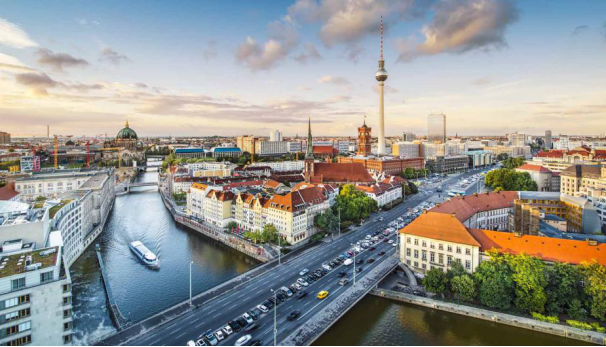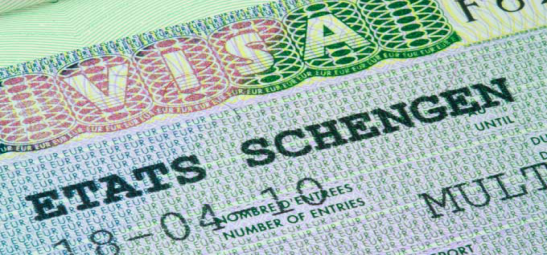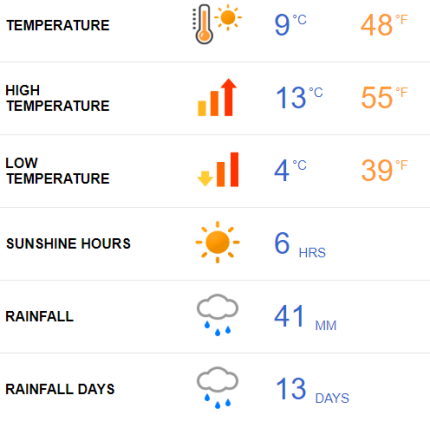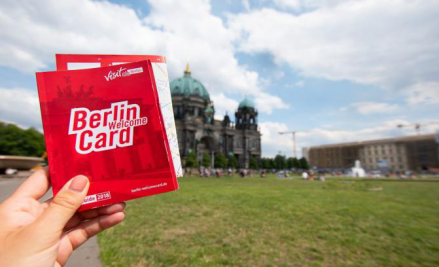Berlin

Berlin is the capital city of Germany and one of the 16 states (Länder) of the Federal Republic of Germany. Berlin is the largest city in Germany and has a population of 4.5 million within its metropolitan area and 3.5 million from over 190 countries within the city limits.
Among the city's main topographical features are the many lakes in the western and southeastern boroughs formed by the Spree, Havel, and Dahme rivers (the largest of which is Lake Müggelsee). Due to its location in the European Plain, Berlin is influenced by a temperate seasonal climate. About one-third of the city's area is composed of forests, parks, gardens, rivers, canals and lakes.The city lies in the Central German dialect area, the Berlin dialect being a variant of the Lusatian-New Marchian dialects.
Berlin's combo of glamour and grit is bound to mesmerise all those keen to explore its vibrant culture, cutting-edge architecture, fabulous food, intense parties and tangible history.
Visa

If you are a citizen of another EU member state, you do not require a visa to travel to Germany. You merely need to carry documentation that identifies you, either a valid passport or an ID card.
Non-EU citizens need a valid passport to enter Germany. Information sheets listing the regulations for persons from the respective countries, who want to stay less than 90 days, are available at the respective German embassies. Non-EU citizens who want to stay longer than 90 days need a visa from a German Consulate. These are usually only issued for business travellers and students with a foreign scholarship. If you are a citizen of a non-EU country and wish to stay in Germany for longer than 90 days, you will require a visa from the German consulate. These are usually issued only to business travellers or students with a foreign exchange scholarship. If you wish to visit Berlin as a tourist and combine your journey with visits to other European countries, we recommend that you apply for the visas required for the desired countries before departing on your journey.
Vaccination requirements: none Vaccination recommendations: Tetanus, Diphteria
Currency: may be brought into and taken out of the country in any amount
Citizens of EU member states: no visa required
Citizens of Non-EU states: visa always required
Currency exchange obligation: none
Weather

Spring arrives in Berlin in April, which means you can expect warmer weather and more sunshine throughout the month. Berlin weather in April is generally good with a few scattered showers and milder temperatures during the day.
Located in the flat grounds of the Northern European Plain in northeast Germany, Berlin has a temperate continental climate. Springtime is still quite cold at times with chilly nights and milder temperatures arriving at midday. The buildings of the city provide some protection from the cold, especially during the warmer months when they act as insulation from cold winds.
Sunshine Hours
The days also get significantly longer, giving you plenty of time to get out and see the sights. You can expect around nine hours of sunshine each day, so be sure to take advantage and spend some time outside.
Rainfall
You'll still want to have the umbrella handy, with nearly 41 mm of rain falling across the month. The city sees around 13 days of rain over the course of the month, so you'll have a good chance of getting mostly dry days during your stay.
Temperature
As you're packing for your trip to Berlin this month, you can leave the heavy winter coat at home, with an average daily temperature of 9°C (around 48°F). That average temperature is a large increase from March, jumping up five degrees. During the evening and overnight hours, you'll see temperatures dropping down to 4°C (about 39°F). If you'll be out and about during this time, be sure to bring a jacket or coat. During the warmest parts of the day, the high temperature reaches up to 13°C (about 55°F). With the sun shining, you'll feel pretty warm with a jacket or coat and shouldn't need winter gear like hats, gloves and scarves. Still bring along the long-sleeved shirts and trousers though to layer as the temperature varies throughout the day.
Transportation

Berlin’s efficient public transportation system is affordable, straightforward, usually punctual and very comprehensive.Trains run on the honor system and there are no ticket barriers to use the U-Bahn, S-Bahn, trams or regional trains. On buses, you need to show your ticket to the driver and enter through the front door. Plain clothes controllers patrol all public transportation, so make sure to validate tickets before boarding.
Tickets
Tickets are valid for all local public transport and there are several ticket options for zones AB, BC and ABC (which includes Potsdam and Schoenefeld Airport) available. Single tickets (Normaltarif) and 4-Trip-tickets (4-Fahrten-Karte), which are four single tickets in a block (saves 1,80 € compared to a single ticket purchase, and also saves time if you are making lots of single journeys) are valid for 2 hours, but you cannot make a round-trip or return to the same place with it. 4-Trip-tickets are only available for zones AB. Short-trip tickets (Kurzstreckentarif) or a block of 4 Short-trip tickets are valid for travelling no further than three underground or S-Bahn stations or six bus or tram stops. It does not matter in which zone you are travelling, but note that a Short-trip ticket is not valid for regional trains. If you make three or more journeys in one day, a Day ticket (Tageskarte) is best value. It is valid until 3:00am on the following day. The 7-Day-Ticket (Wochenkarte) is a good choice, if you are staying for a week. This ticket is transferable. A Small Group Ticket - (Kleingruppen-Tageskarte) is ideal for more than two people travelling together. It is valid for up to five people until 3:00am on the following day. These are not sold on trams so buy them in advance for the next day. If you already have a ticket for zones AB (or BC) and want to travel within zone C (or A) as well, you'll need an additional ticket (Anschlussfahrschein). But note, this one does not work with the WelcomeCards for zones AB.
WelcomeCards
The U-Bahn, S-Bahn, bus and tram system is a fast and efficient way to see this immense metropolis. For your visit you might want to buy a WelcomeCard, which gives you significant discounts at museums, theaters and other attractions. One card is valid for one adult and up to three children (age 6 to 14; children under 6 years ride for free). There are actually two versions of the cards available: cards for zones AB and for zones ABC. If you arrive or depart from Schoenefeld airport and/ or want to travel to and within Potsdam, the cards for zone ABC are ideal to see Prussian Palaces and Gardens, most of all Sansoucci Palace. There is also the WelcomeCard Berlin Museum Island including the entry to the famous museums of Museums Island in Mitte. It is valid for 72 hours. You'll get the WelcomeCards at ticket offices, at the airports, in several hotels, in the Berlin Tourist Info or at ticket machines. You can also preorder them online, but be aware that shipping costs will be added.
Buses and trams
Buses and trams with "M"-numbers are metro buses or trams. They run more frequently (every 10 minutes) than normal buses or trams (every 20-30 minutes), exceptions are buses 100 and 200. There also are 12 buses with "X"-numbers which are the express buses. The most famous express bus, though without a number, is the bus TXL from Tegel airport to Alexanderplatz (via Hauptbahnhof and Pariser Platz/ Brandenburg Gate) and back. Other famous bus routes are buses 100 and 200. Save on costly city tours and board one of these for an inexpensive sightseeing tour. A ticket or card for zone AB is valid on these double-deckers.But be aware that a trip around Berlin on buses 100 and 200 has become quite famous and these lines are highly frequented. Leaving station Zoologischer Garten every five to ten minutes, bus 100 runs from west to east, passing many landmarks such as the Europa Center at Breitscheidplatz, the Siegessaeule, Bellevue Palace, the House of the Cultures of the World, the Reichstag, the Brandenburg Gate, the Berlin cathedral, the TV-tower and other sights along the way, ending its route at Alexanderplatz. Bus 200 is also a great way to see the city, but follows a somewhat different route. It also starts at Zoologischer Garten, goes along Breitscheidplatz, philharmonic hall, Potsdamer Platz, the Berlin cathedral, the TV-tower, Alexanderplatz, Volkspark Friedrichshain and terminates in Prenzlauer Berg. Note that buses 100 and 200 are no circular routes. You will end up at the terminus and need to buy another single ride ticket to go back the same way, if you do not own a ticket that is valid longer than two hours. All buses show the final destination, and the next stop is announced in good time for you to press the red stop button. If no one presses the button, and there is no one waiting at the stop, the bus will not stop. You can see a red note on the display in the bus, if the stop button has already been pressed. Tram M10 is known as the party tram at night as it connects Prenzlauer Berg with the area around Warschauer Strasse/ Oberbaum Bridge in Friedrichshain, where a lot of clubs are located. During the day it is a good option for getting from Hauptbahnhof to the Naturkundemuseum (Natural History Museum) or the Memorial of the Berlin Wall in Bernauer Strasse.